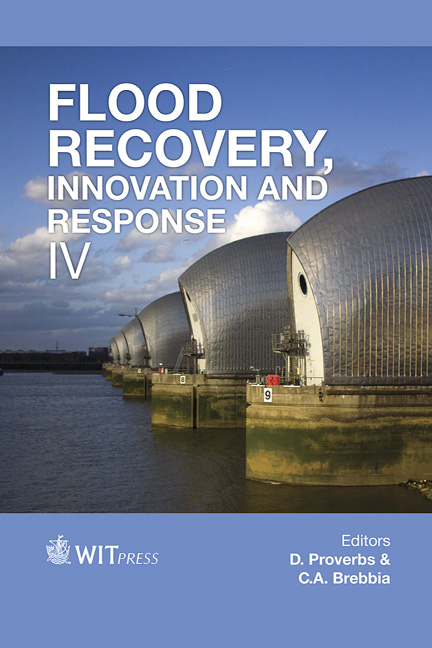Modelling A Green Roof Retrofit In The Melbourne Central Business District
Price
Free (open access)
Transaction
Volume
184
Pages
11
Page Range
125 - 135
Published
2014
Size
993 kb
Paper DOI
10.2495/FRIAR140111
Copyright
WIT Press
Author(s)
S. J. Wilkinson, C. Rose, V. Glenis & J. Lamond
Abstract
With the increasing densification in urban settlements the economic and social disruption caused by pluvial flooding events globally is significant and growing. Furthermore these problems are compounded where many cities are located in areas where climate change predictions are for increased rainfall frequency and/or intensity. One possible solution is the wide scale retrofit with green roof technology as a means of mitigating stormwater runoff in urban settlements. However, it is not known currently where the most effective location for and siting of the retrofitted green roofs in a city or town would be. Moreover, the number of and type of green roof required to reduce pluvial flooding is unknown. This paper describes a proof of concept framework for an assessment of the potential to reduce pluvial flood hazard through the retrofit of green roofs combining an evaluation of the retrofit potential of office buildings in the Central Business District (CBD) with state-of-the-art urban rainfall inundation modelling. Using retrofit scenarios for Melbourne CBD commercial buildings built between 1998 and 2011 and the rainfall profile of the February 2011 event, the modelled depths of flooding were compared. The results show that the potential to mitigate extreme events via retrofit would be enhanced by consideration of buildings within the wider catchment.
Keywords
flood, green roof, inundation modelling, retrofit, CBD.





